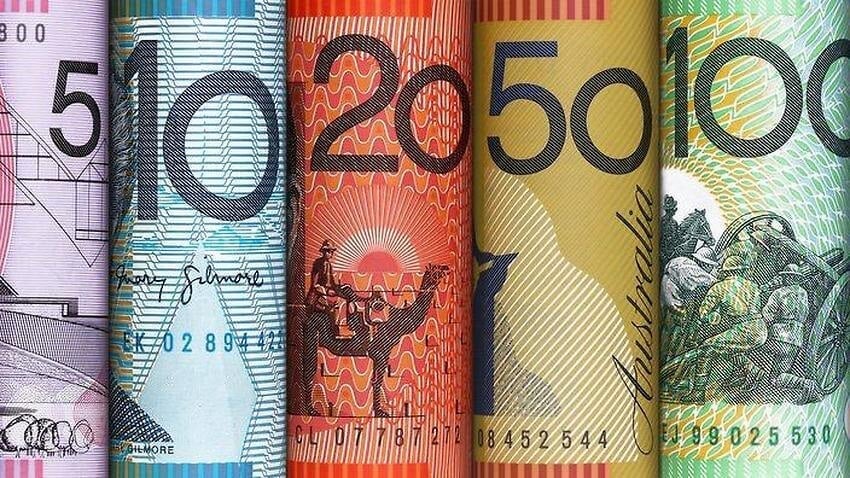Publisher: Maaal International Media Company
License: 465734
GCC listed banks’ revenues jump to record $18.6 bln during Q3
اقرأ المزيد
Kamco Invest said that the banking sector in the Gulf Cooperation Council countries began to witness the initial positive effects of the step to raise the interest rate applied by the central banks in the countries of the Cooperation Council after the interest rate hike in the United States. Net interest income for listed banks in the GCC countries reached a new record quarterly level of $18.6 billion in the third quarter of 2022, compared to $17.2 billion in the second quarter of 2022, indicating that the growth was broad-based and included all GCC countries.
In its report issued today, Sunday, KAMCO stated that the non-interest revenues of Gulf banks fell to their lowest levels recorded in four quarterly periods, reaching $7.4 billion in the third quarter of 2022, compared to $7.8 billion in the second of the year 2022, which reflects the decline in global and regional financial markets during this quarter.
According to KAMCO’s report, gross borrowings in the GCC remained strong during the quarter. Central Bank data revealed that the credit facilities of Kuwaiti banks recorded a double-digit growth this quarter, while banks in Saudi Arabia, Bahrain and Oman witnessed single-digit growth rates. The credit survey from the UAE Central Bank also showed a strong pace of granting credit facilities during the quarter, while the Qatari banking sector was the only exception, as it recorded a marginal decline in lending.
Data for listed banks also showed a growth in loans, as total loans reached a new record of $1.93 trillion, with a growth of 1.2%, or the equivalent of $23.5 billion, during the third quarter of this year. Net Loans Outstanding witnessed a slightly lower growth of 1.1% during the quarter due to higher provisions held at the end of the period.
The total growth of customer deposits on a quarterly basis reached its lowest level recorded in 6 quarterly periods by 1%, reaching $2.19 trillion by the end of the third quarter of 2022. The quarterly change in customer deposits remained mixed in the GCC during The third quarter of the year 2022, as the listed banks in the UAE and Saudi Arabia showed a quarterly growth while the rest of the listed banks showed a decline. In terms of year-on-year changes, with the exception of Bahraini banks, the rest of the countries showed growth during the quarter.
The net effect of loan growth at a pace that exceeded the growth levels of customer deposits was recording a marginal growth rate of 10 basis points in the total loan-to-deposit ratio by the end of the third quarter of 2022. However, despite the growth, the ratio remained below the level of 80%, while it is one of the lowest recorded levels on a quarterly basis, at 79%.
The balance sheet of the GCC banking sector continued to grow during the quarter, although the rate of growth slowed to its lowest level in 6 quarters. Total assets reached a new record high of $2.9 trillion after increasing by 1.2% during the third quarter of 2022 compared to the second quarter of 2022. Conventional banks in the region witnessed a greater growth in total assets by 1.4% during the third quarter. From the year 2022, while the growth of assets in the listed Islamic banks was slightly lower by 0.4% compared to the second quarter of the year 2022.
The total return on equity for the Gulf banking sector continued to improve during the third quarter of 2022, reaching one of the highest levels recorded during the past few years at 11.8%, compared to 11.4% at the end of the second quarter of 2022. However, this percentage it remained relatively low compared to pre-pandemic levels (Covid-19), which exceeded more than 12%. The ratio also improved year-on-year by 220 basis points supported by 12-month gross profit growth. Shareholders’ equity amounted to $364.0 billion, after recording a growth of 1.7% compared to the previous quarter. On the other hand, net income improved on an annual and quarterly basis for almost all GCC countries.
At the level of each country separately, the UAE came in the lead again by recording the highest rate of return on equity at the end of the third quarter of the year 2022 at 13.1%, followed by Qatari and Saudi banks at 12.1% and 12%, respectively.
The return on shareholders’ equity, which was recorded by UAE banks, witnessed the largest quarterly growth rate, which amounted to (+80) basis points, mainly supported by the increase in profits during the past two quarters, on the back of the increase in net interest income.
The return on equity for Kuwaiti, Bahraini and Omani banks was in the single digits, as the return on equity for Kuwaiti banks reached 9.7%, followed by Bahraini and Omani banks with 8.3% and 7.3%, respectively.









